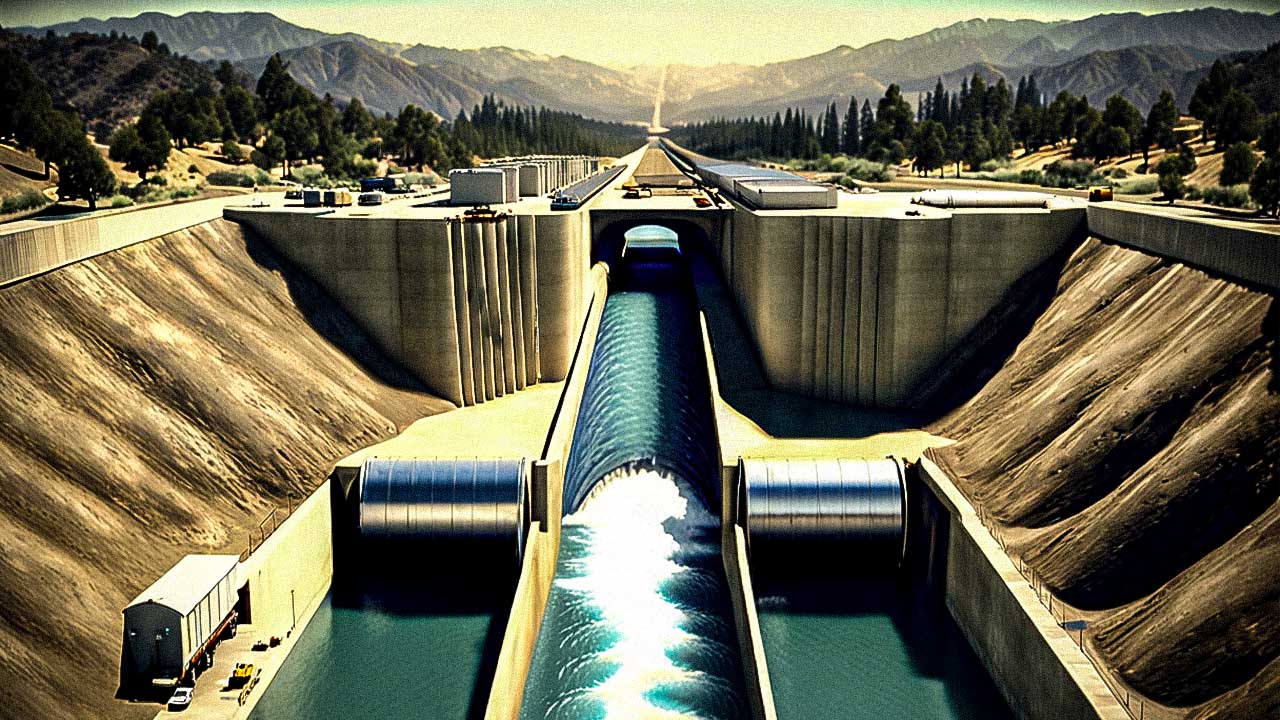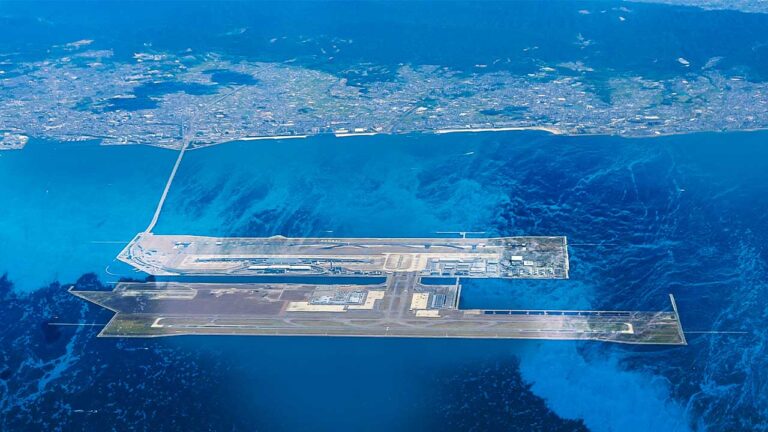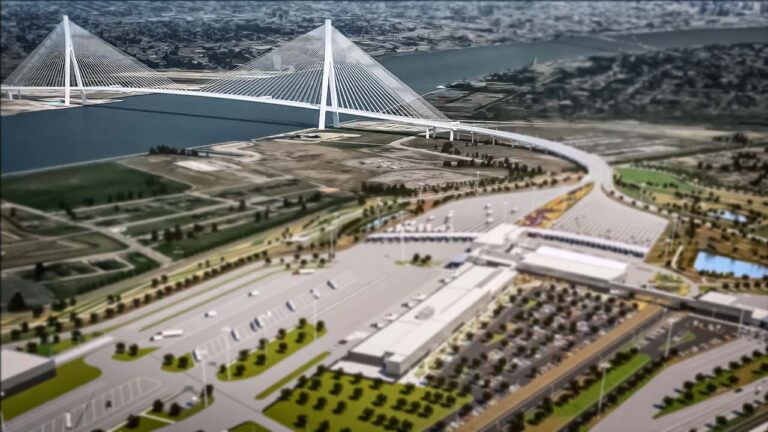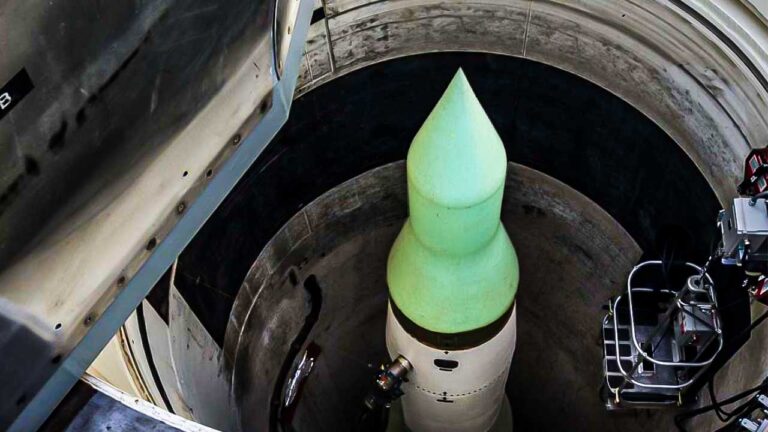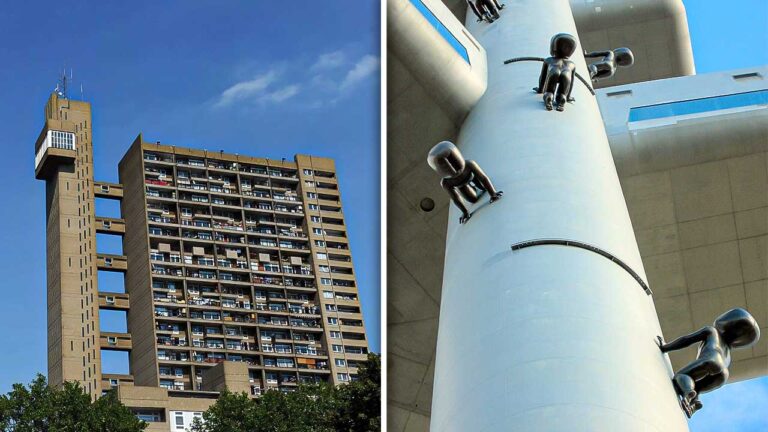A $20 Billion Solution to California’s Water Crisis
California has been grappling with a severe water crisis for several years now, especially in the southern part where drought conditions are extreme. However, there’s a ray of hope in the North Coast Watershed, which receives more annual rainfall than any other watershed in the state. This abundant rainfall is crucial for ensuring water availability in Northern California, offering some relief amidst the broader water scarcity.
California is working on an ambitious project to help address its water shortage issues by rerouting water from the wetter regions in the north to the drier areas in the south. The plan is to construct a 72-kilometer underground tunnel that will transport water from the Sacramento River, the largest river in the state, to the California Aqueduct. This will benefit 27 million people and 750,000 acres of farmlands in Southern California.
The project aims to modernize the state’s water infrastructure over the next 12 years, making it more resilient to climate change, which is bringing more frequent and intense droughts as well as heavy rains and snow.
The project involves pumping water into the tunnel from Hood, a small town 24 kilometers south of Sacramento. To ensure the safety of aquatic life, the water will pass through fine screens before entering the tunnel. Once filtered, the system will deliver 6 billion cubic meters of clean water every year.
This ambitious and costly engineering feat is designed to manage runoff and adapt to the challenges of climate change, promising to reshape California’s landscape. The investment is significant, but it aims to secure a reliable water supply for the state’s future, making it a crucial step towards sustainability.
Also Read: Sweden’s $4BN Tunnel Gamble: E4 Stockholm Bypass
Managing reservoirs and groundwater has become absolutely critical in California. Northern California plays a pivotal role in the state’s water system, with the Central Valley Watershed serving as a lifeline by supplying water to both Northern and Central California, as well as to Southern California.
Northern California, celebrated for its vital watersheds, thriving fisheries, and vibrant communities, receives a substantial amount of the state’s rainfall. However, this region faces increasing challenges from climate change and frequent droughts. Meanwhile, the dry southern part of the state heavily depends on this water for agriculture and urban needs. Over the years, this demand has spurred several engineering projects aimed at moving water from northern to southern California.
During drought years, groundwater becomes even more crucial, accounting for nearly 60% of the state’s water supply. Recently, state officials had to make the tough decision to cut back farmers’ water rights for the first time since 1977. In addition, cities and towns have been ordered to reduce their water usage by as much as 36%. These measures highlight the seriousness of the situation, which has been made worse by climate change, heat-waves, and reduced snowmelt.
In the 1960s, California Governor Pat Brown threw his support behind two major projects aimed at shifting water resources from Northern California to the southern part of the state. One of these initiatives, the Central Valley Project or CVP, was completed during the 1970s. Stretching across approximately 970 kilometers, the CVP plays a crucial role in transporting up to 16 million acre-feet of water annually, primarily to support agriculture. It also serves as a significant source of hydroelectric power, with about half of its generated electricity used within the project itself.
In the early 1980s, another ambitious proposal of Peripheral Canal emerged. This ambitious plan aimed to reroute water from near Sacramento, bypassing the ecologically sensitive Sacramento-San Joaquin Delta, and integrating it into the CVP for further distribution to Southern California. Despite its potential benefits, such as enhancing water reliability and reducing environmental impact on the delta, the Peripheral Canal project failed to win enough public support and was eventually shelved.
Alongside the CVP, the State Water Project was envisioned in the late 1960s. Spanning over 1,100 kilometers of canals, the SWP was designed to annually transport around 7 million acre-feet of water. It primarily allocates 75% of its water to urban use and 25% to agricultural areas across California. Both the CVP and SWP remain critical components of California’s water infrastructure, essential for ensuring water security and supporting sustainable development across the state.
In 2013, California government revisited the concept of transferring water extensively across the state. This initiative evolved into the Twin Tunnels project, part of the Bay Delta Conservation Plan. The proposal aimed to construct two substantial tunnels, each approximately 48 kilometers in length and buried deep underground. These tunnels were intended to connect three intake facilities in the northern regions to an intermediate forebay, extending further to the Clifton Court Forebay. Despite these modifications, the Twin Tunnels project encountered significant opposition and was ultimately set aside in 2018.
Concerns raised by the U.S. Fish and Wildlife Service and various environmental organizations regarding the potential impacts of the project prompted a substantial reduction in its scope. The project was rebranded as the WaterFix and EcoRestore project. By 2022, it was transformed into the Delta Conveyance Project, featuring a simplified design with a single tunnel. This revised plan aimed to transport water from the Sacramento River directly to the Bethany Reservoir, bypassing the intricate and fragile Delta, and then onwards into the California Aqueduct. This streamlined approach was intended to address environmental concerns while ensuring a consistent water supply for Southern California.
The Sacramento-San Joaquin River Delta in central California comprises an extensive network of water channels where the Sacramento and San Joaquin Rivers converge. This vast estuary covers approximately 2,850 square kilometers and plays a critical role in supplying water to about 60% of Californians. The Delta Conveyance Project proposes the construction of a 56-kilometer tunnel beneath this Delta to facilitate the movement of water from Northern to the Southern part of the state.
Starting near the quaint community of Hood, approximately 24 kilometers south of Sacramento, the project will entail installing two intake valves along the Sacramento River. These valves are engineered to effectively capture up to 85,000 liters of water per second. Before entering the system, the water will undergo filtration through fine screens, ensuring the protection of fish and other aquatic life and minimizing any disruption to the ecosystem.
Also Read: The Struggle to Restore Australia’s Paradise Dam
As of May 2024, the state administration found it necessary to revise the cost estimate to over $20 billion due to inflation and other economic shifts resulting from the pandemic. This significant increase underscores the immense challenges and costs associated with such a large-scale project.
Deep beneath California’s Sacramento-San Joaquin River Delta, an engineering marvel is taking shape. The tunnel, with an impressive 11-meter internal diameter, will be buried up to 52 meters underground. This ambitious project aims to navigate through layers of sand, silt, clay, and gravel, beneath the Delta’s marshy surface. The decision to tunnel underground is driven by a need for earthquake resilience. With over 1,600 kilometers of aging levees in the Delta, an underground tunnel offers stability during seismic events, designed to withstand intense shaking and prevent liquefaction. Reinforced with concrete, the tunnel will endure both external pressures and potential seismic disturbances.
The construction process is meticulous and spans several stages, from initial site preparation and tunnel boring to the installation of intake facilities and integration with existing infrastructure. Throughout every step, rigorous environmental safeguards will be in place to protect local wildlife and habitats. Massive tunnel boring machines will bore through rock and soil, removing debris and constructing the tunnel lining to maintain structural integrity over the anticipated 12-year timeline.
Central to the project are three new intakes facilities with capacity of handling 255,000 liters per second each. These facilities will incorporate advanced filtration systems to ensure that only clean water enters the tunnel. Annually, the tunnel is expected to contribute approximately 6 billion cubic meters of water to California’s supply, enhancing water reliability. During wet season, the tunnel will capture and store excess water, buffering supply during dry spells and benefiting millions across the state.
This $20 billion endeavor represents California’s commitment to balancing diverse water needs while safeguarding its environment. By providing a stable water supply to both agricultural and urban areas, the project seeks to minimize environmental impact while overcoming the state’s unique geographical challenges with advanced engineering. It stands as a monumental step toward securing California’s water future.

